How to Boost Your Creative Thinking Skills
Creative thinking is a valuable skill that can significantly impact various aspects of our lives. Whether you’re an artist, a writer, an entrepreneur, or someone simply looking to approach problem-solving in a more innovative way, enhancing your creative thinking skills can open doors to new opportunities and solutions. Here are seven key areas you can focus on to boost your creativity.
Embrace Mindfulness and Meditation
Mindfulness and meditation are powerful practices that can calm your mind, reduce stress, and enhance your creative thinking abilities. By focusing on the present moment and clearing your mind of clutter, you create a mental space for creativity to flourish.
Make meditation an important part of your daily routine. Just a few minutes each day can help you to calm your mind. Find a quiet, comfortable spot, close your eyes, and concentrate on your breathing. As you become more proficient, you’ll notice an improvement in your ability to concentrate and generate creative ideas.
Cultivate Curiosity

Curiosity is the foundation of creativity. When you’re genuinely interested in something, your mind naturally explores new ideas and possibilities. To boost your creative thinking, make a conscious effort to cultivate curiosity in your daily life.
Take the time to ask questions, learn new things, and seek out novel experiences. Whether it’s reading a book based on a topic you know nothing about, exploring a new hobby, or striking up a conversation with a stranger, embracing curiosity will stimulate your imagination and inspire fresh ideas.
Don’t forget – sometimes new ideas spark in your mind when you least expect them to. For example, you might have taken things out of a dartboard cabinet and are walking towards the snooker table – where your friends are waiting for you to start a game – and an amazing idea pops into your mind. So rather than having a game, you might end up discussing that new idea with them. This is the beauty of life.
Surround Yourself with Inspiration
Inspiration often comes from our surroundings. Create an environment that sparks your creativity by surrounding yourself with inspirational elements. This could include decorating your workspace with artwork, quotes, or objects that resonate with you. Visiting museums, galleries, or natural landscapes can also provide a refreshing dose of inspiration.
Also, expose yourself to diverse perspectives and cultures through books, films, and travel. The more you immerse yourself in different worlds and ideas, the more you can draw from them to fuel your creativity.
Regular Exercise
Exercise can improve your mental and physical health. Regular physical activity releases endorphins, reduces stress, and improves your overall mood, making it an excellent way to boost your creative thinking skills.
Engage in activities that you genuinely enjoy, whether it’s going for a run, practising yoga, dancing, or taking long walks in nature. These activities can clear your mind, increase your energy levels, and provide you with the mental clarity needed to generate creative ideas. Always wear a sunscreen when going outdoors. Australian sunscreen with natural ingredients would be best to protect your skin and also offer other skincare benefits.
Establish a Routine
While creativity often thrives on spontaneity, having a structured routine can actually enhance your creative thinking. A well-established routine provides a sense of stability and allows you to allocate specific time for creative endeavours.
Set aside a dedicated time each day or week for creative thinking, whether it’s brainstorming, sketching, or writing. By creating a routine, you signal to your brain that it’s time to shift into creative mode, making it easier to generate innovative ideas consistently.
Foster Collaboration and Networking
Creativity can flourish in collaboration with others. Engaging with people from diverse backgrounds and disciplines can expose you to new ideas and perspectives, leading to breakthroughs in your creative thinking.
Attend workshops and conferences or join online communities related to your field of interest. By networking and collaborating with like-minded individuals, you can tap into a collective pool of creativity and gain valuable insights that can enhance your own creative process.
Embrace Failure and Learn from It
The risk of failure is always going to be there. Instead of fearing it, embrace failure as a valuable learning experience. Every unsuccessful attempt brings you one step closer to discovering what works and what doesn’t.
View your failures as stepping stones toward success, and don’t be discouraged by setbacks. Analyse what went wrong, adjust your approach, and continue refining your ideas. This resilient mindset will not only improve your creative thinking but also increase your chances of achieving your creative goals.
All in all, boosting your creative thinking skills involves a combination of relaxation, inspiration, and energising activities. Creativity is not a one-size-fits-all process, so experiment with these strategies to find what works best for you. With dedication and practice, you can unlock your full creative potential and use it to bring innovative solutions and ideas to life.















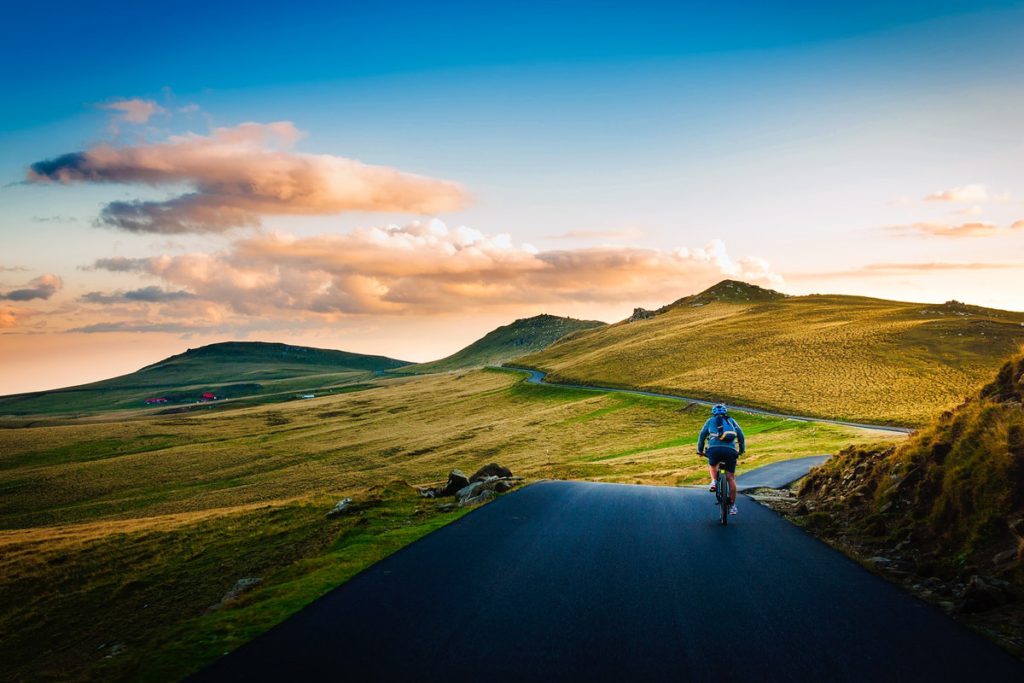
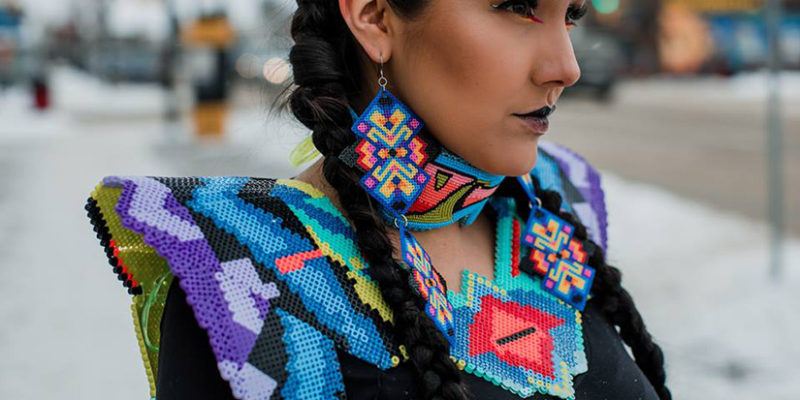
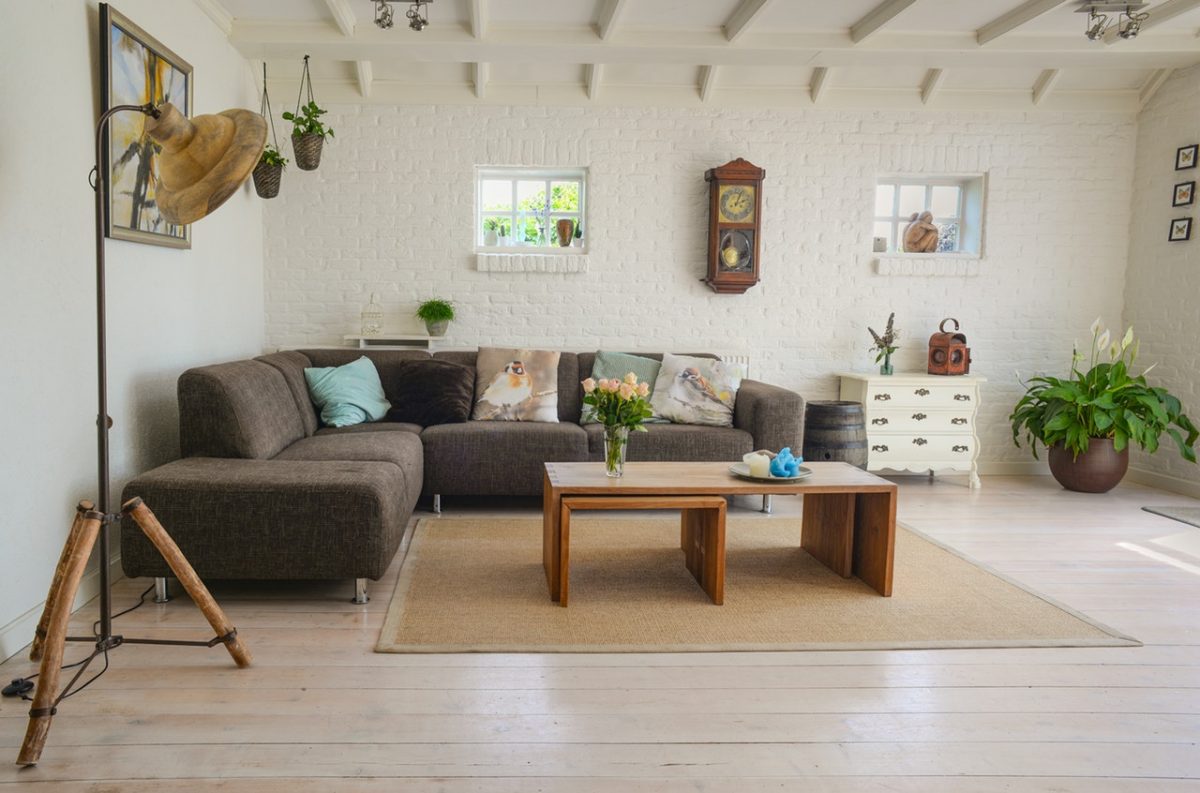



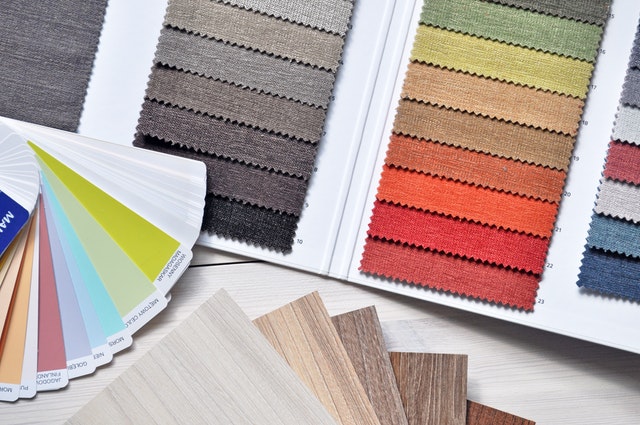 of other tasks which are required of interior designers — a lot of which might appear less like fun and more like work.
of other tasks which are required of interior designers — a lot of which might appear less like fun and more like work.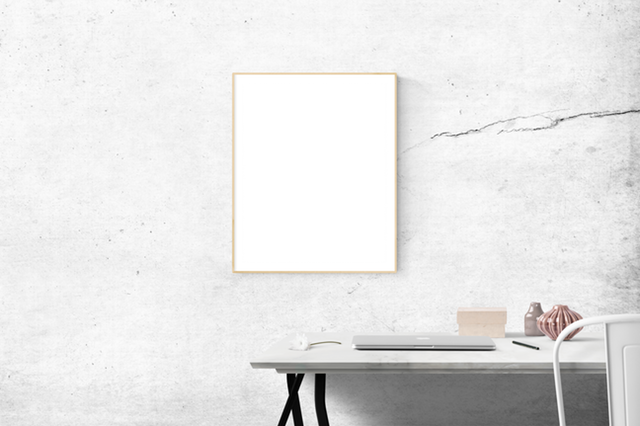 Interior design is a competitive business. The trick to success is getting yourself noticed. As stated earlier, a wonderful designer portfolio will surely help you land jobs.
Interior design is a competitive business. The trick to success is getting yourself noticed. As stated earlier, a wonderful designer portfolio will surely help you land jobs. unique conditions and eyesight are one of a kind. Your brand should reflect that. A clearly articulated, consistent assignment combined with the specificity of your authentic brand identity needs a visual language just as specific.
unique conditions and eyesight are one of a kind. Your brand should reflect that. A clearly articulated, consistent assignment combined with the specificity of your authentic brand identity needs a visual language just as specific.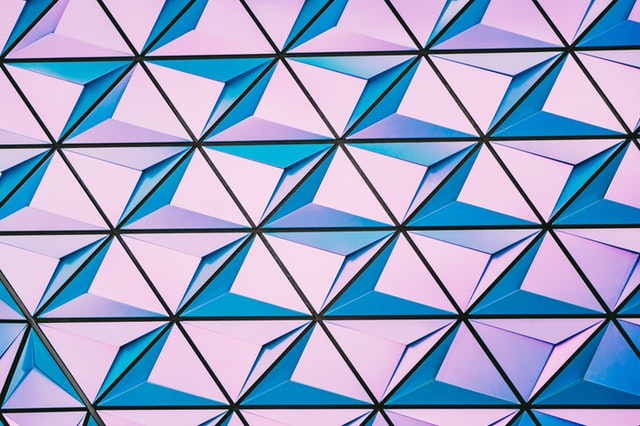 The catalyst for the series was a curious-looking sculpture tucked off from the Art + Tech Laboratory in the Los Angeles County Museum of Art, created with advice from IT consulting companies and services.
The catalyst for the series was a curious-looking sculpture tucked off from the Art + Tech Laboratory in the Los Angeles County Museum of Art, created with advice from IT consulting companies and services.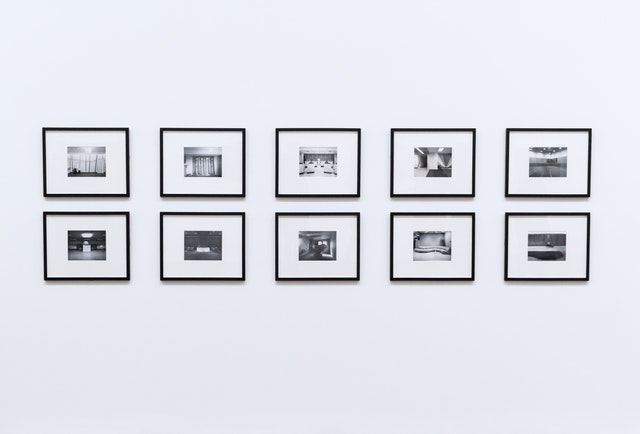 Now, at Mr. Goodman’s invitation, he’s curated the digital art exhibition in Sotheby’s. The young artists at the series – many I.T.P alumni one of them – often talk about, despite their focus in electronic technologies, a deep ambivalence about where it’s taking us. They also appear to explain the “Black Mirror” sensibility supporting the Hereafter Institute: The understanding, endemic to the satirical British TV show, that technologies has led us into an electronic fun home where nothing is as it seems and everything is because we fear it may be.
Now, at Mr. Goodman’s invitation, he’s curated the digital art exhibition in Sotheby’s. The young artists at the series – many I.T.P alumni one of them – often talk about, despite their focus in electronic technologies, a deep ambivalence about where it’s taking us. They also appear to explain the “Black Mirror” sensibility supporting the Hereafter Institute: The understanding, endemic to the satirical British TV show, that technologies has led us into an electronic fun home where nothing is as it seems and everything is because we fear it may be. Bangalow-based shoemaker Rachel Ayland is only one Australian shoemaker that has successfully established an artisanal shoemaking business. Honing her craft over the past 32 years, Rachel’s practice is driven by a dedication to creating bespoke footwear tailored to the individual. With a strong focus on design making, Rachel’s practice is driven by a dedication to creating beautiful footwear tailored to each customer’s individual requirements. However, while Rachel can create a viable income from her craft it hasn’t been without challenges.
Bangalow-based shoemaker Rachel Ayland is only one Australian shoemaker that has successfully established an artisanal shoemaking business. Honing her craft over the past 32 years, Rachel’s practice is driven by a dedication to creating bespoke footwear tailored to the individual. With a strong focus on design making, Rachel’s practice is driven by a dedication to creating beautiful footwear tailored to each customer’s individual requirements. However, while Rachel can create a viable income from her craft it hasn’t been without challenges.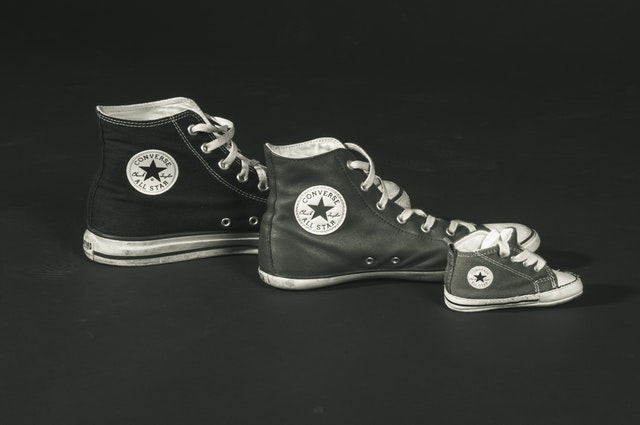
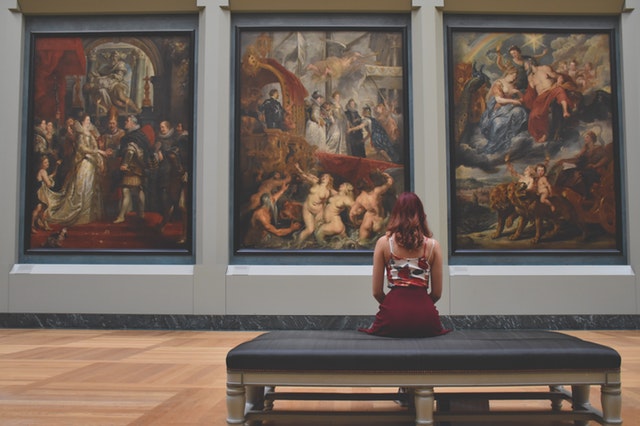
 Obviously, everybody reading this will be a passionate reader (or at least I hope), however while authors are rather common, what about performers in literature? Well let’s just say if there was a publication with an artist to get a principal character it may be about pink alien in Nike
Obviously, everybody reading this will be a passionate reader (or at least I hope), however while authors are rather common, what about performers in literature? Well let’s just say if there was a publication with an artist to get a principal character it may be about pink alien in Nike 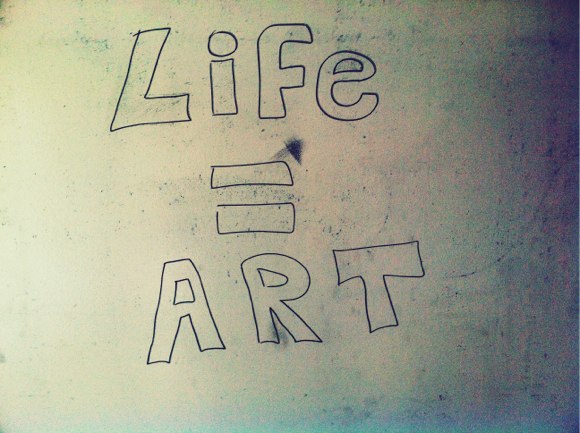 Have you ever thought about the role of art in our lives? There is art in everything around us. Every individual is equipped with some form of art since birth, it’s not just what we see in a display showcase in a museum. Also, each one has a different view of art, which makes it very subjective. Art makes everything more presentable and interesting. It is such a large and inherent part of our lives that we don’t even take notice of it, most of the times. You could have a general view of art right away. Look at your surrounding, isn’t their art everywhere? Right from lamps, tables, chairs to paintings and the design of your windows, the list is endless. So, let’s have an insight into how important art is in our lives.
Have you ever thought about the role of art in our lives? There is art in everything around us. Every individual is equipped with some form of art since birth, it’s not just what we see in a display showcase in a museum. Also, each one has a different view of art, which makes it very subjective. Art makes everything more presentable and interesting. It is such a large and inherent part of our lives that we don’t even take notice of it, most of the times. You could have a general view of art right away. Look at your surrounding, isn’t their art everywhere? Right from lamps, tables, chairs to paintings and the design of your windows, the list is endless. So, let’s have an insight into how important art is in our lives.